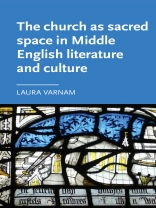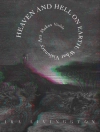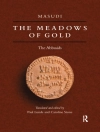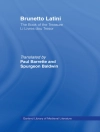This book presents an exciting new approach to the medieval church by examining the role of literary texts, visual decorations, ritual performance and lived experience in the production of sanctity. The meaning of the church was intensely debated in the fourteenth and fifteenth centuries. This book explores what was at stake not only for the church’s sanctity but for the identity of the parish community as a result. Focusing on pastoral material used to teach the laity, it shows how the church’s status as a sacred space at the heart of the congregation was dangerously – but profitably – dependent on lay practice. The sacred and profane were inextricably linked and, paradoxically, the church is shown to thrive on the sacrilegious challenge of lay misbehaviour and sin.
Зміст
Introduction: reading sacred space in late medieval England
1 The church consecration ceremony and the construction of sacred space
2 The Book of the Foundation of St Bartholomew’s Church: consecration, restoration, and translation
3 Sacred and profane: pastoral care in the parish church
4 What the church betokeneth: placing the people at the heart of sacred space
5 Epilogue
Index
Про автора
Laura Varnam is Lecturer in Old and Middle English Literature at University College, Oxford












